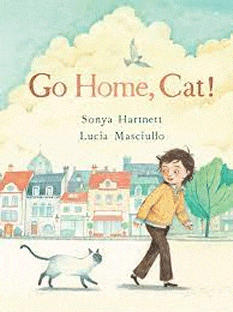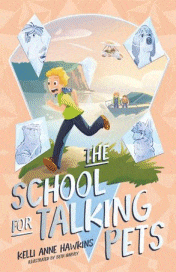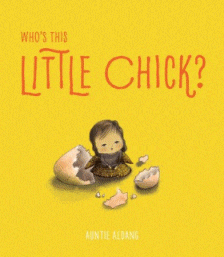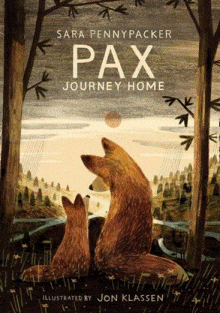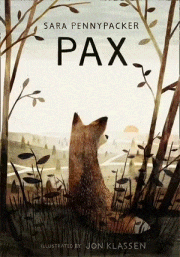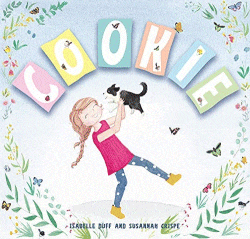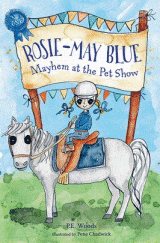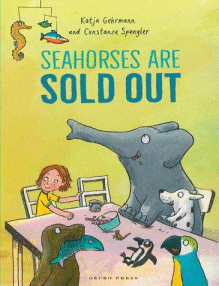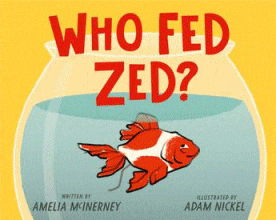
Einstein the Penguin
Einstein the Penguin
Iona Rangeley
David Tazzyman
HarperCollins, 2021
224pp., hbk., RRP $A19.99
9780008475963
December in London “where the days end early and forget to start on time” can be cold and miserable and so the Stewart family decide to spend the afternoon at London Zoo. Six-year-old Arthur and nine-year-old Imogen each have their favourites to see, but Arthur particularly wants to visit the penguins. And while he is there, it seems he connects to one tiny one in particular, reluctant to leave, and so Mrs Stewart bids it farewell saying, “And you, Mr Penguin, must come and stay with us whenever you like. Penguins are always very welcome at our house.”
So everyone is very surprised when Mr Penguin actually turns up on their doorstep that evening, with a rucksack labelled ‘Einstein’ on its back…
But what is a fairy penguin from Sydney, Australia doing in London in the first place? Imogen, who fancies herself as a detective like her favourite book character, enlists Arthur’s help on a mission to find out… But will the discovery mean saying goodbye to Einstein forever?
This is a thoroughly enjoyable, very different story for newly independent young readers who will love the fact the Mr and Mrs Stewart are not only willing to go along with having Einstein stay but also enable the children to discover what’s going on. Rarely are parents so amenable to their children’s wishes. But the story also throws up questions about keeping pets, and whether it’s fair to keep some creatures in captivity either as a pet or in a zoo, so it offers an opportunity for the reader to reflect on issues broader than the story itself.
